China : Robust Growth Driven by Innovation
Key markets include Beijing, Shanghai, and Shenzhen, which are hubs for technology and innovation. The competitive landscape features major players like Alibaba, Huawei, and Tencent, alongside international giants such as Amazon and Microsoft. The business environment is dynamic, with a focus on sectors like smart transportation, healthcare, and industrial automation, fostering a vibrant IoT ecosystem.
India : Diverse Applications Fueling Growth
Key markets include Bengaluru, Hyderabad, and Pune, known for their tech-savvy populations and innovation hubs. The competitive landscape features local players like Tata Communications and Wipro, alongside global firms such as IBM and Cisco. The business environment is characterized by a mix of traditional industries and tech startups, with significant applications in agriculture, healthcare, and smart cities.
Japan : Innovation and Quality Drive Demand
Key markets include Tokyo, Osaka, and Nagoya, which are centers for technology and manufacturing. The competitive landscape is dominated by local giants like Sony and Panasonic, alongside international players like GE and Siemens. The business environment is stable, with significant applications in robotics, automotive, and healthcare sectors, fostering a robust IoT ecosystem.
South Korea : 5G Infrastructure Boosting Adoption
Key markets include Seoul, Busan, and Incheon, which are pivotal for technology adoption. The competitive landscape features major players like Samsung and LG, alongside global firms such as Cisco and IBM. The business environment is vibrant, with applications in smart homes, healthcare, and transportation, driving the IoT market forward.
Malaysia : Government Support and Innovation
Key markets include Kuala Lumpur, Penang, and Johor, which are central to technology development. The competitive landscape features local players like Telekom Malaysia and international firms such as Siemens and IBM. The business environment is evolving, with significant applications in manufacturing, agriculture, and smart transportation, enhancing the IoT landscape.
Thailand : Smart City Initiatives Driving Growth
Key markets include Bangkok, Chiang Mai, and Pattaya, which are focal points for technology adoption. The competitive landscape features local companies like True Corporation and international players such as Cisco and GE. The business environment is promising, with applications in tourism, transportation, and agriculture, fostering a growing IoT ecosystem.
Indonesia : Youthful Population Driving Demand
Key markets include Jakarta, Surabaya, and Bandung, which are central to technology development. The competitive landscape features local players like Telkom Indonesia and international firms such as IBM and Microsoft. The business environment is dynamic, with significant applications in agriculture, retail, and smart cities, enhancing the IoT market.
Rest of APAC : Diverse Opportunities Across Regions
Key markets include emerging economies like Vietnam, Philippines, and Bangladesh, which are gradually adopting IoT solutions. The competitive landscape features a mix of local startups and international players like Cisco and Siemens. The business environment is evolving, with applications in various sectors, fostering a diverse IoT ecosystem.


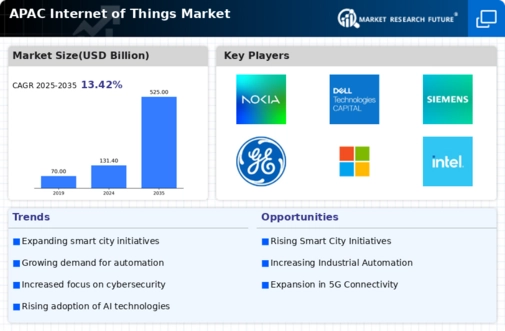
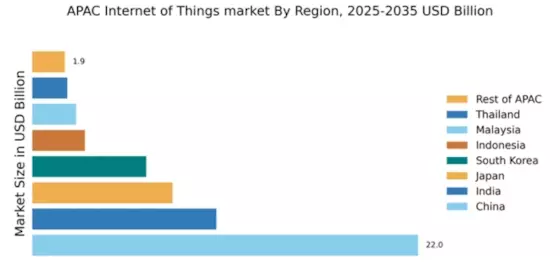
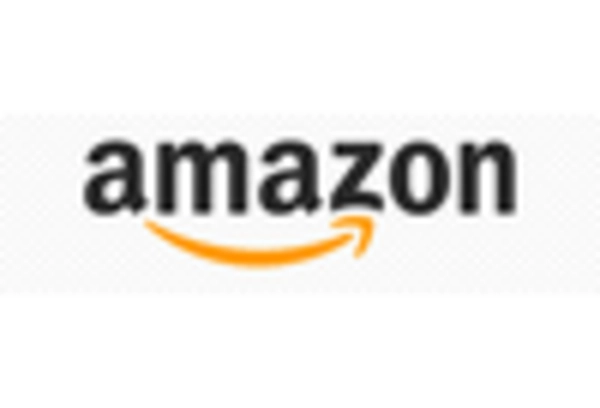
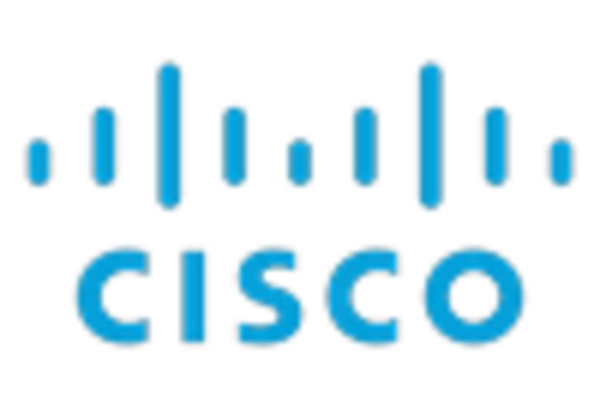

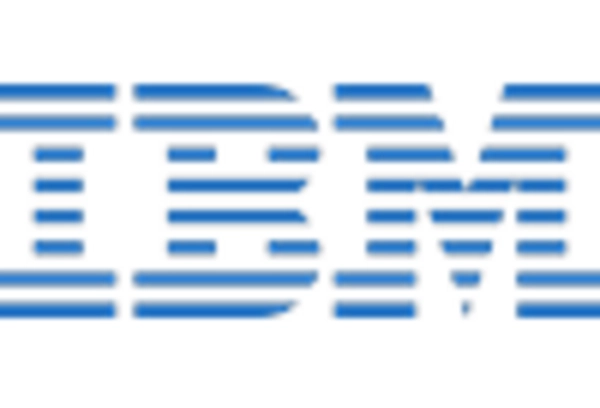

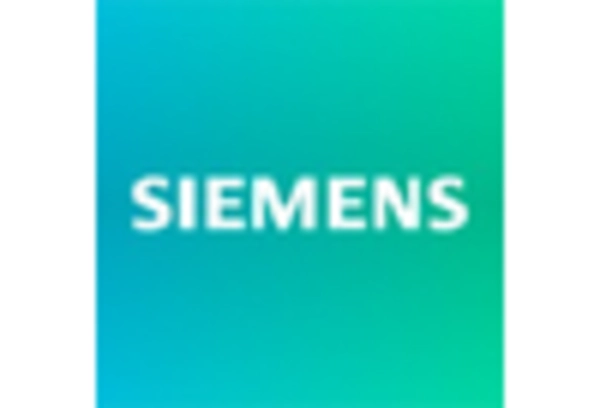








Leave a Comment